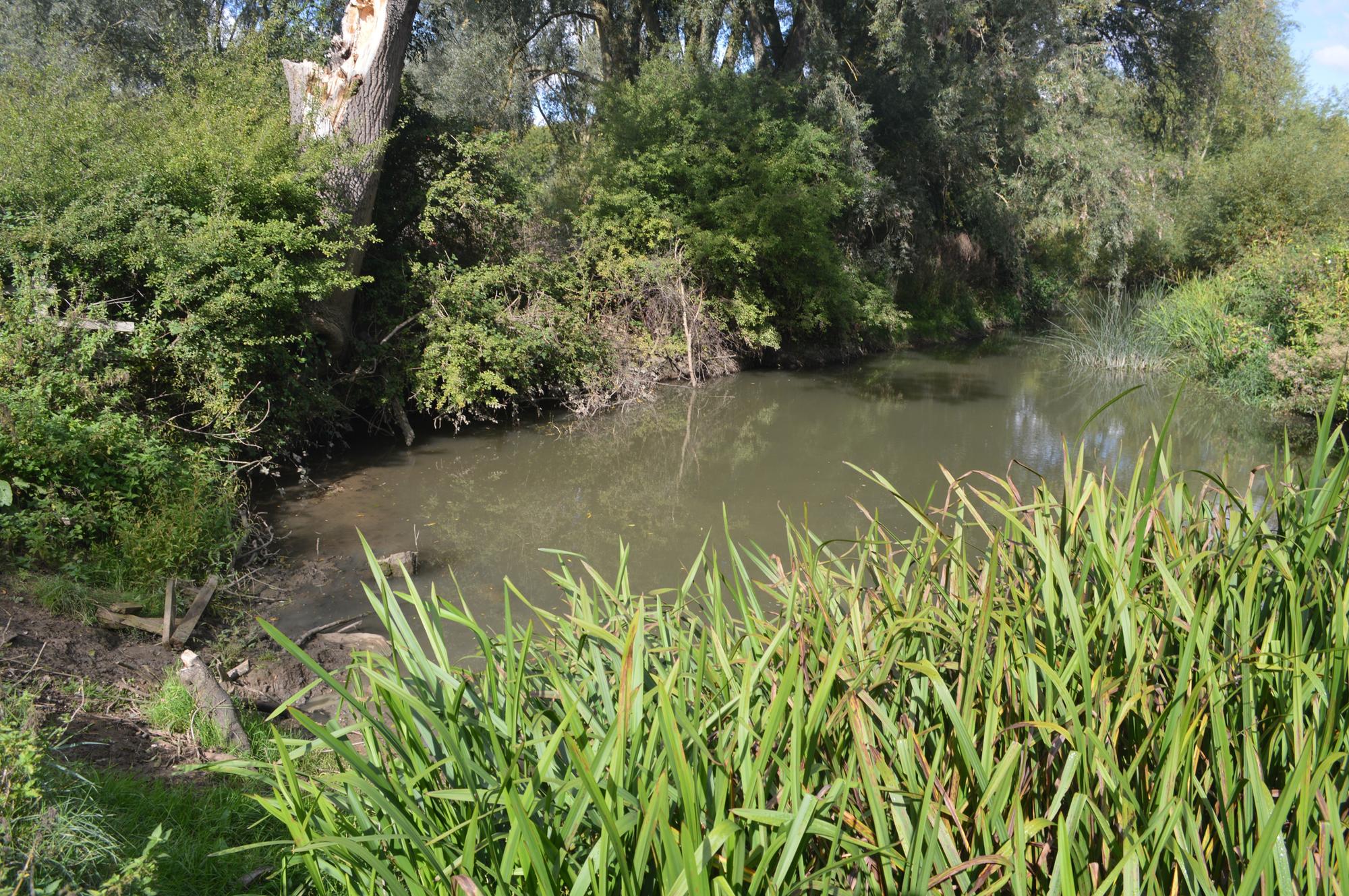29/10/2022 Regno Unito, Inghilterra, Buckinghamshire, Milton Keynes
“If you ever come across anything suspicious like this item, please do not pick it up, contact your local law enforcement agency for assistance”
By Sally Murrer
One man’s research has revealed a series of bomb craters still remaining in MK following a night of drama almost exactly 82 years ago. World War Two buff Chris Brown has spent hours locating the craters, some of which have been turned into scenic ponds that are now havens for wildlife. He has researched a German air raid that happened on November 10 1940 over the North Bucks countryside that was many decades later to become Milton Keynes. At the time, Britain was more than a year into conflict with Germany. Norway, Denmark, The Netherlands, Belgium and France had fallen and the Dunkirk evacuation was a recent memory. The Battle of Britain has been fought and won and the RAF had control of the skies by day only. In the early hours of November 10, at least four long range Luftwaffe bombers, possibly JU 88 “schnellbombers”, flew into North Bucks at almost 300mph, having crossed the coast from the East to avoid London air defences. Their target was a low stretch of the Grand Union canal with the nearest locks at Fenny Stratford and Cosgrove – a 14 mile uninterrupted stretch of water. The aim of the raid was to cause as much damage as possible to the canal and disrupt its vital role in carrying war munitions and supplies. Flying straight and relatively low from north west to south east, the bombers released their load, one bomb at a time, to create a line of destruction more than two miles long with each bombs around 250 yards apart. They all exploded, and each created a 20 to 30 yard wide crater on impact. Chris, who lived at Woolstone and is a STEM Ambassador for The National Museum of Computing at Bletchley Park has spent hours scouring MK to find evidence of these craters. He found the first two next to the canal, either side of the bridge at Marsh Drive in Great Linford. The next two came alongside the canal at what is now Campbell Park and Newlands, followed by one at Little Woolstone, directly on the bank.
Photo-Source: miltonkeynes.co.uk
If you find anything that appears to be an explosive device, do not touch it, leave it where it is and call the police. We will contact the appropriate agencies to properly dispose of the item.
Dear editors, Biography of a bomb is aimed at highlighting the danger caused by unexploded bombs. Moreover, the most important aspect is that we work completely non profit, raising awerness about this topic is what drives us. We apologize if we make use of pictures in yours articles, but we need them to put a context in how findings are done. We will (and we always do) cite source and author of the picture. We thank you for your comprehension





